It’s been a little over a year since Void Stranger, a puzzle game by Finnish indie studio System Erasure, was released to.. well, honestly a whole lot of interest across the board. At the time, it made waves in the puzzle community with its striking pixel art, captivating music, and – most importantly – its unconventional approach to puzzle game design. I’m here to talk about that last point. Void Stranger is a mesmerising puzzle box that embraces being abrasive, difficult, and (at times) frustrating, but these are the necessary pillars to making a truly subversive puzzle adventure like nothing we’ve ever seen in contemporary games. Let’s dig deeper into the Void.
This article contains moderate spoilers for Void Stranger’s gameplay.
On the surface, Void Stranger seems like a fairly straightforward block-pushing Sokoban with clear inspiration from Gameboy-era games both aesthetically and mechanically.
You solve single-screen puzzles by navigating a grid, pushing objects, avoiding monsters, and using your magical staff to relocate tiles. Through experimentation and exploration, the goal of each level is to get to the stairs tile, solving each floor until you reach the end of the Void. Nothing terribly complicated, so far. However, this is only the begining of Void Stranger. If you’re only interested in the game’s puzzles, that’s the only experience you’ll get – which is satisfying in itself as the puzzles alone are still worth playing the game for.
You can absolutely see the main story’s conclusion this way, but you won’t have much context for why anything is the way it is and you’ll be missing out on a lot of what the game has to offer (let alone making it considerably harder for yourself – yes, really). You’re not encouraged to dig deeper but, honestly, playing through the direct way can genuinely be a frustrating experience! I’d like to stress here that solving Void Stranger‘s bigger mysteries is purely optional – but much of the game’s clever puzzle design comes from engaging with it on a deeper level. So let’s explore that.
In modern puzzle game design, there’s been a discussion regarding what makes the genre fun for players. A popular opinion is that the priority should be puzzle-solving and that everything else should exist in service to that focus, one way or another.
Over time, designers have added quality-of-life features to their puzzle games: Unlimited undo, level restart, level select, quick travel, and so on. For anything that adds a bit of friction, designers tend to sand it off to make things smoother for the player – which is fine! Options like these make certain puzzle games more accessible to players who aren’t after hardcore brain teasers.
Void Stranger, however, bucks a lot of these trends by, well, not having any of those. There’s no undo. There’s no level selection. If you start playing from the beginning, you’re committed to seeing it through, because you can’t reset it from the menu. You can even skip entire stages, possibly completely by accident! There’s a system of limited lives. The list goes on and on. It’s full of friction, abrasively so at times.
It’s an anomaly by the standard of most modern games to withhold so much from the player, but it makes it work in its favour by reframing the way the player experiences it. By not having these quality-of-life improvements, Void Stranger asks the player to engage with its puzzles differently, introducing surprising mechanics and game design that asks more of the player in terms of effort. So how does it do that?
There are plenty of small hints that there’s more going on here than simple puzzles. For example, at the start of the game, the first thing it asks of you is to enter your ‘brand’, a symbol made up of a 6×6 pattern of blocks. This 6×6 pattern is a recurring theme in the game’s story as you learn that a brand can be tied to a person. Therefore, logically, these are also tied to something, whether it be a person, a god, or something else within the game’s world.
A little later, there’s a room with a grid that closely echoes your brand from the beginning of the game. An attentive and inquisitive player would notice, another clue for detangling Void Stranger‘s world.
Deeper layers begin to unfold through your curiosity as if you’re following breadcrumbs. You’ll be able to interact with things you couldn’t before, figure out ways of making puzzles easier, and even find shortcuts that let you skip floors. You’ll start finding paths and conclusions where you wouldn’t have thought any existed and you’re even able to manipulate the floor counter to go where you want to go faster.
The game’s narrative plays with these previously hidden aspects, revealing more about the history of the Void and its mysterious lore. After all, it’s only natural that if you’re exploring its depths it should give more of its secrets in turn, isn’t it? The rigid structure of the game becomes inconsequential, like the game is rejecting its own rules.
For puzzle game enthusiasts, it can seem like a negative feature to be able to skip puzzles or make them easier mechanically. After all, we signed up for a hardcore puzzle game, why would we want to solve them? But it’s different here because if you’re interested enough to dig further the game reframes your view from individual puzzles to the entirety of the Void itself.
Not unlike a Metroidvania game, gaining new knowledge or items will recontextualize places you had already been, and have you think about them in a different way. The equivalent of a level selection option is now a matter of figuring out the best places within the world to traverse, from one to the next. Shortcuts and floor skips dissolve the game’s structure. What were previously small annoyances, now feel vital to playing the game. You’re no longer trying to solve individual floors, you’re trying to solve something else entirely. Instead of separate puzzle layers, the game feels more like a single puzzle object you’re trying to solve.
There’s a lot of backtracking in Void Stranger, but each time you revisit a floor it’s different because you’re looking at it differently with a new perspective. There’s a joy in going back and optimizing your route.
To make one last observation about Void Stranger, we should also touch upon System Erasure’s other game: Zero Ranger. It’s a shoot em up – admittedly not a genre that comes up very much with thinky games – but some parallels highlight how Void Stranger handles its progression.
On a surface level, it seems pretty straightforward: Hit the enemies, don’t get hit. Played perfectly, it can be a wonder to watch, the player weaving through a seemingly endless barrage of bullets, somehow never getting hit.
Most players are far from perfect though, especially when they’re first learning! It can often feel like you’re just slamming into things left and right, and whenever you try to move reactively, there always seems to be something ready to catch you unaware. It’s not entirely unlike the type of puzzle design where the most obvious path is the incorrect solution.
In time, players start planning their runs: Staying in particular positions to not get hit by what’s coming up, figuring out score-building strategies on the easier parts to build up lives for dealing with more difficult areas later, and so on. Rather than thinking only in terms of moment-to-moment arcade action, players analyze and adjust their play to reduce how much they need to depend on it to progress. It’s like approaching each puzzle as a separate entity instead of treating it as a cog in a bigger, interlocking machine. Doesn’t this all start to sound a little familiar?
The goal of both games is, in a way, to get to the end. Completing all the puzzles perfectly is not a priority here. With that, Void Stranger subverts our expectations by playing with its mechanics and structure to give the player the tools to succeed. And in that way, it’s unlike anything I’ve ever played.

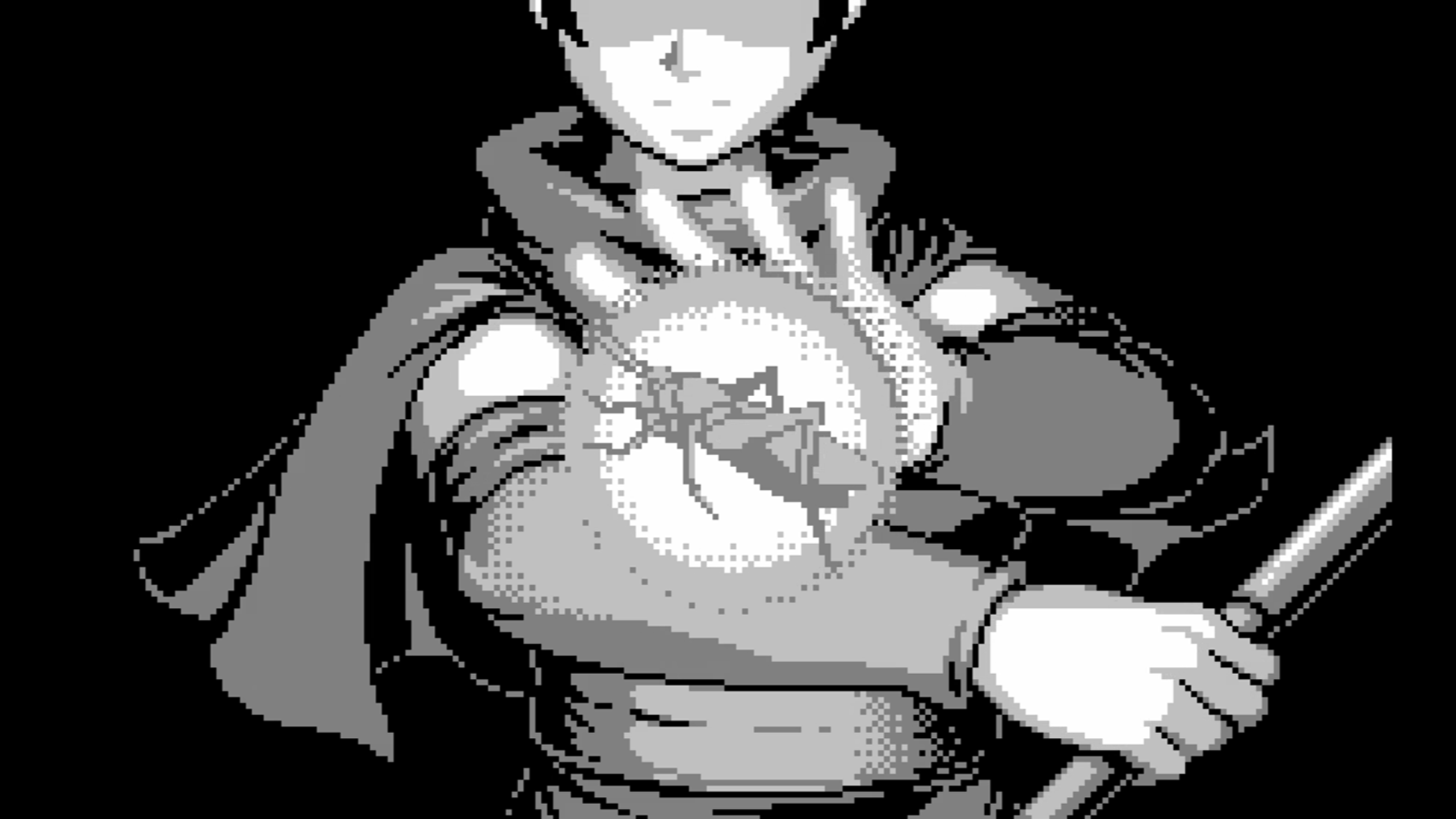
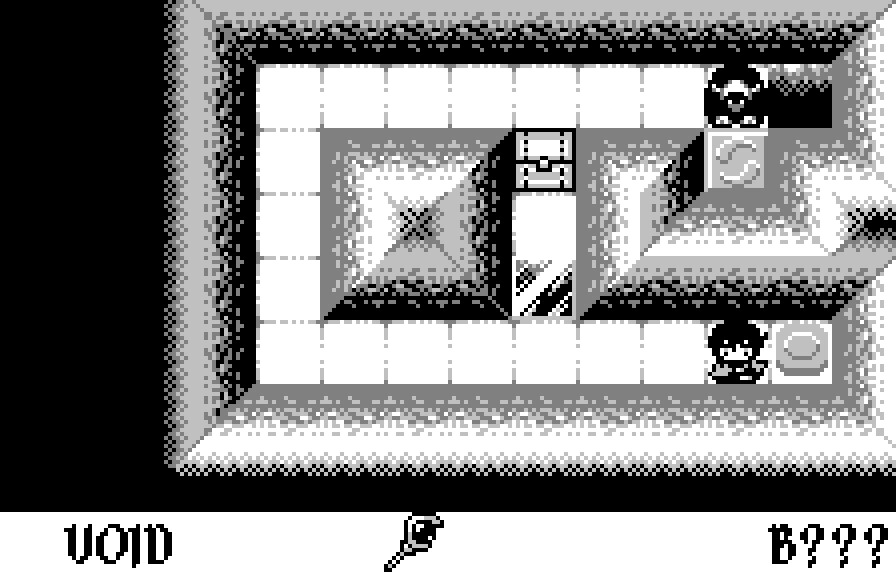
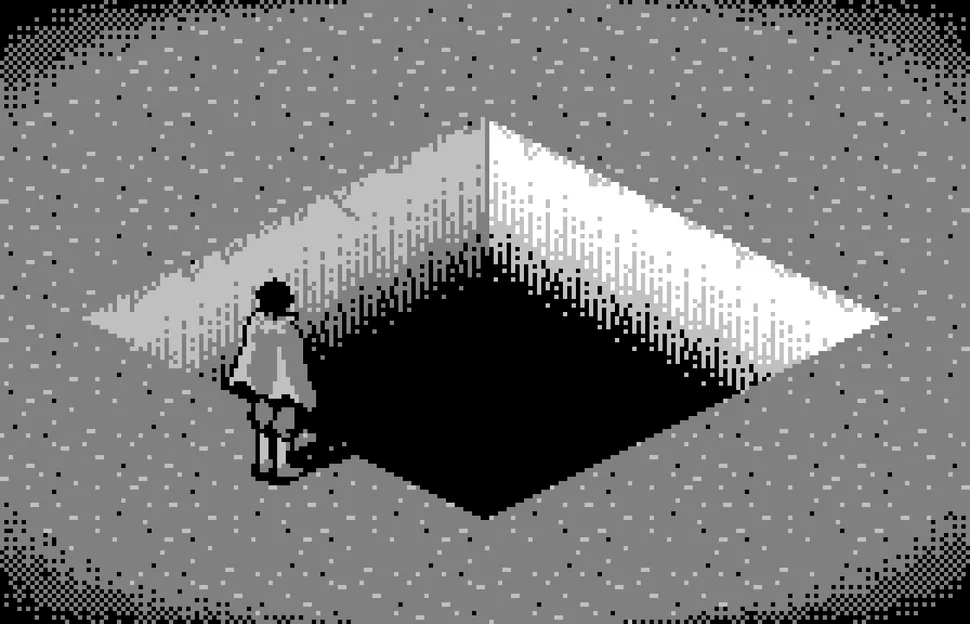
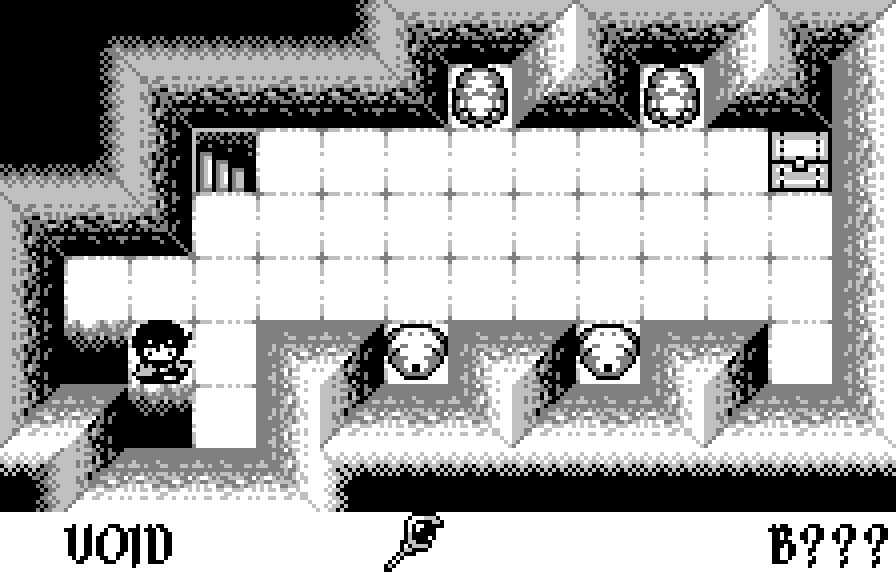
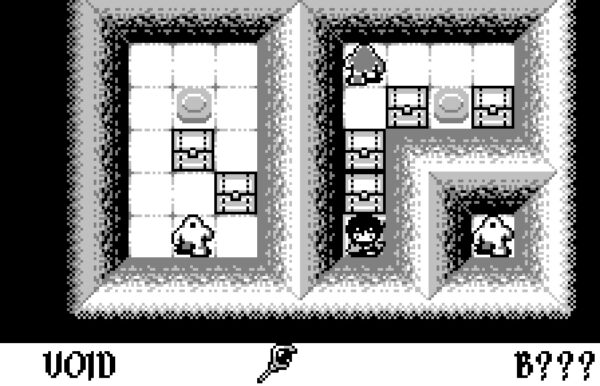
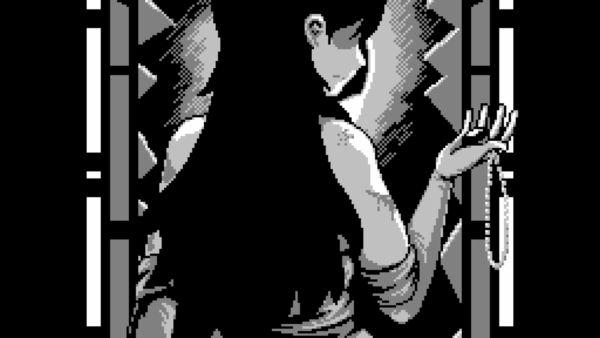
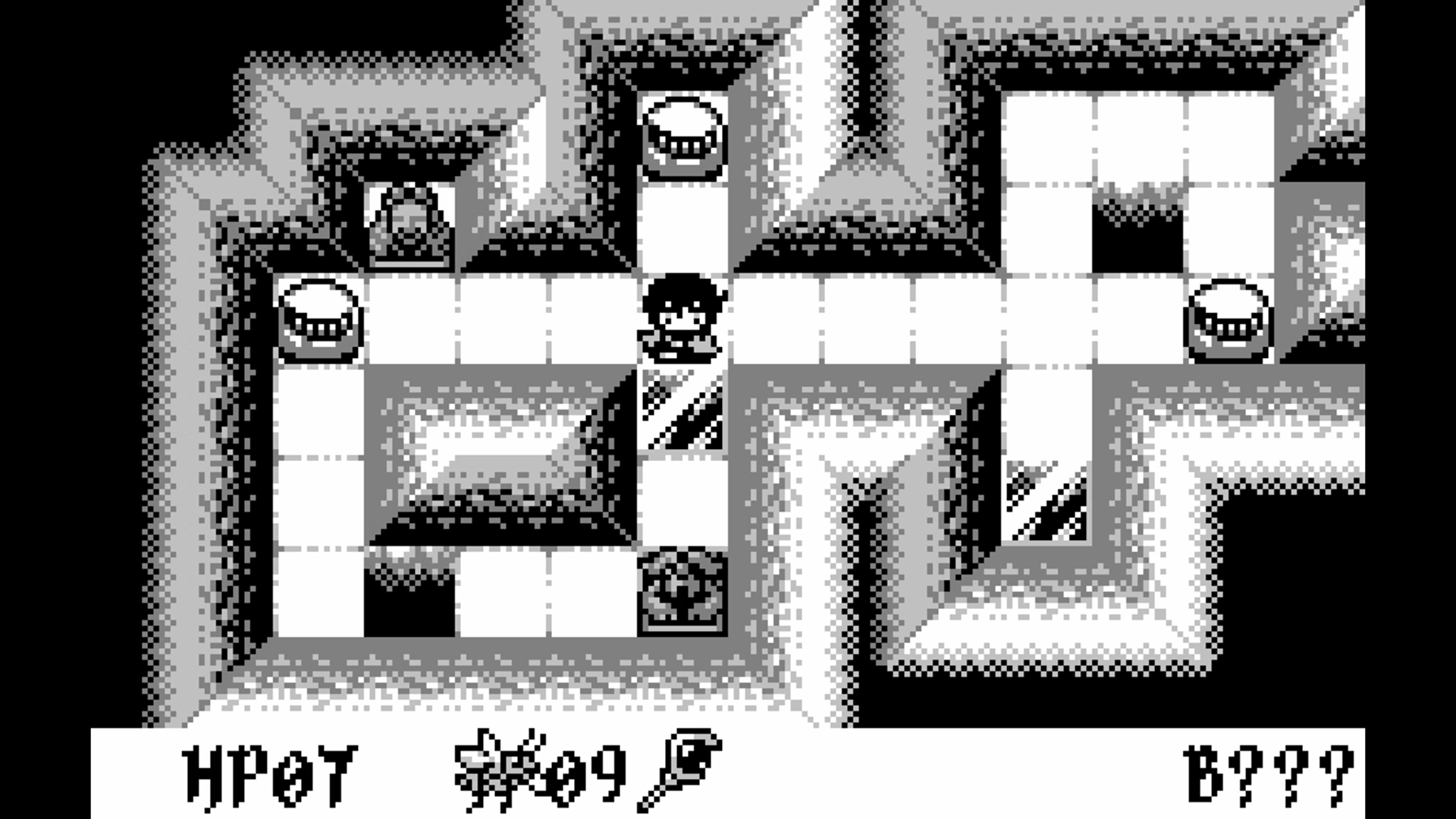

Leave a comment